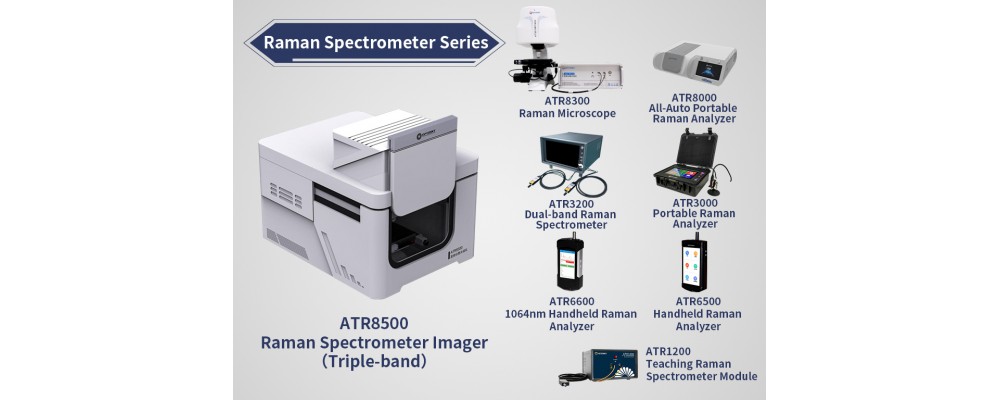Which detection techniques can test microplastics?
After entering the environment, microplastics are difficult to be degraded, and their half-life in the environment lasts for hundreds of years, causing great harm to the natural environment and ecosystem, and possibly threatening human beings through the food chain.
This paper is mainly based on the chemical characterization of microplastics detection technology summary, for the future research to provide ideas.
Microplastics have appeared at both the highest and deepest parts of the earth, British media reported on November 24. Tiny plastic particles, previously found in the 11km Deep Mariana Trench in the Pacific Ocean, have now been detected on Mount Everest.
Imogen Napper, of the University of Plymouth, UK, and colleagues collected eight 900 milliliters of water and 11 300 milliliters of snow from various sites on Mount Everest. The team found microplastics in all the snow cover samples and in three streams.
Therefore, the pollution of microplastics has attracted global attention. The source analysis of microplastics is the current focus, and the detection of microplastics is an important means of source analysis.
The most commonly used techniques for chemical characterization analysis are Fourier transform infrared spectroscopy (FTIR), Raman spectroscopy, ESM-EDS and gas chromatography-mass spectrometry.
- FTIR
FTIR relies on the change of material dipole moment to generate infrared spectrum, which can realize the identification of microplastics above 20μm. It is not interfered with by the filter membrane and impurities and is especially suitable for the detection of extremely small size microplastics.
- Raman Spectrum
Raman spectra depend on the change of molecular chemical bond polarizability fingerprint, can achieve below 20 microns microplastic identification, compared with FTIR, Raman spectra have higher spatial resolution and spectral range is wide, but susceptible to pigment, additives, contaminants such as organic matter and minerals produced fluorescence interference, the Optosky 1064nm spectrum Raman spectrometer series has an excellent performance in fluorescence interference, plus software optimization, the result will be dispatched to the optimal state, has absolute technical superiority for micro plastic detection.
- Gas chromatography-mass spectrometry technology
By analyzing the thermal degradation products of microplastics, the types of microplastics were determined, and the peak area was compared with the isotopic internal standard to realize the quantification of microplastics, but the application scope was narrow.
Conclusion
Although there are many detection methods for microplastics, there are still many problems to be solved. The irregularity of microplastics in the environment not only troubles the detection methods, but also poses great challenges to the sampling.


















Comments: 0
No comments